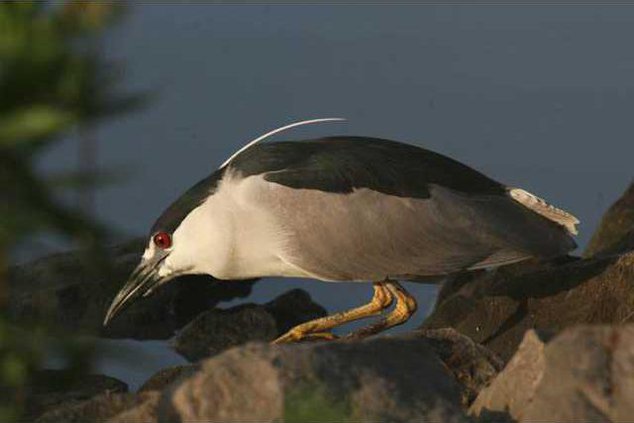CHEYENNE BOTTOMS — The annual National Audubon Society Christmas Bird Count was held in December, and the results showed that the 95 species of birds were present at Cheyenne Bottoms this winter. The numbers were up.
"This years’ bird count was better than most years," said Robert Penner, Cheyenne Bottoms and Avian Program manager for The Nature Conservancy. "The high count is reflective of a mild winter. We were happy with the number of different species."
A group of 15 people spent eight hours counting the birds at the Bottoms, and it included both state and Kansas Wetlands Education Center employees as well as a few volunteers.
There were a few surprises, too. The long tailed duck, which is more common to the arctic and northern U.S., was spotted. Although the duck feeds close to the surface of the water, it is capable of diving up to 200 feet, a skill which is unnecessary at Cheyenne Bottoms.
Two other unusual birds for this area were the orange crowned warbler and the black crowned night heron.
There are many purposes for the bird count, according to Penner. The information will go into a database that is available to biologists to look at trends. The count is done at roughly the same time and place each year.
The first bird counts at Cheyenne Bottoms were done in the mid-60s, although the first count in Barton County began in 1958 by Frank Robl.
"Forty percent of all bird species are in decline in the U.S.," said Penner. For example, "the sparrows are declining in population," due to continued loss of habitat.
Penner records the information from the counts onto graphs, and there is some good news. There is a positive trend for red tailed hawks. Five were counted in 1967, and 67 were counted in 2010 at the Bottoms.
In addition, the bald eagles are increasing in some grasslands, said Penner.
Birds were once regarded as prey only and their importance in the biological web was unknown. Prior to the turn of the twentieth century, people participated in a tradition known as the Christmas "Side Hunt." They would choose sides and go hunting; whoever brought in the biggest pile of birds won.
Conservation began around the turn of the 20th century, as scientists were becoming concerned about declining bird populations. Beginning on Christmas Day 1900, ornithologist Frank Chapman, an officer in the new conservation-oriented Audubon Society, proposed a new tradition, "Christmas Bird Census," that would count birds during the holidays rather than hunt them.
Chapman and 27 birders held 25 Christmas Bird Counts that day in locations ranging from Toronto, Ontario to Pacific Grove, Calif., with most counts in or near the cities of the northeastern North America. Those original 27 Christmas Bird Counters counted around 90 species combined.
The data collected over the past century has allowed biologists to study the long-term health of bird populations from North America. When combined with other surveys, it provides a picture of how the continent’s bird populations have changed in time and space over the past hundred years.





